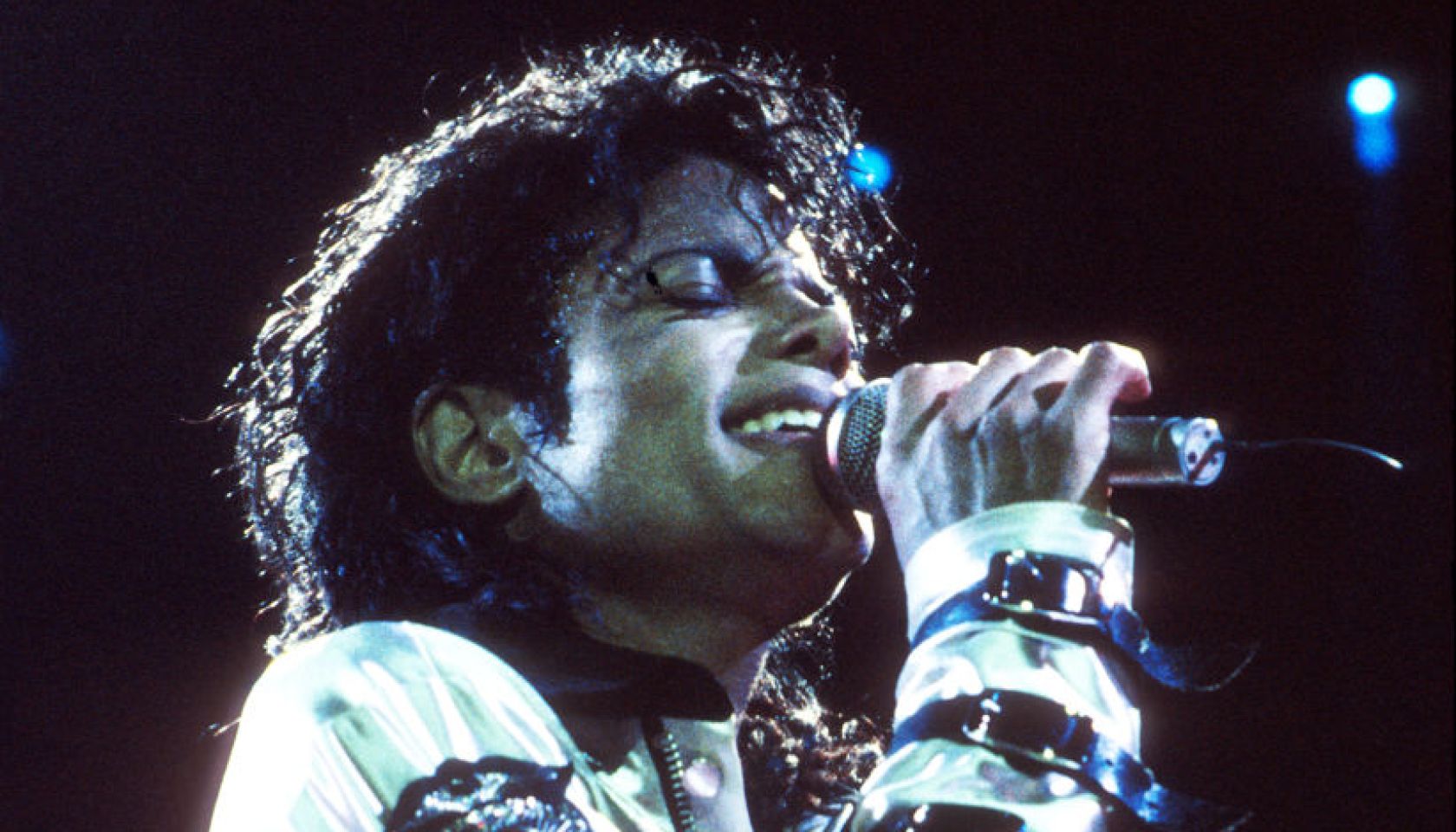Black Girls In New York Suspended 6x More Than White
A new study released shows that black girls are six times more likely to be suspended than their white counterparts.
The Daily Beast reports:
Last August, a 12-year-old Georgia student named Mikia Hutchings faced expulsion from school and criminal charges in juvenile court. Her offense? Writing the word “Hi” on a locker room stall with a friend. Eventually she was ordered to spend a summer under probation, but not before her grandmother filed a discrimination complaint and a state senator called out the punishment as unjust—Hutchings is African American, while the caucasian student who graffitied with her paid a small restitution.
“What kid needs to be having a conversation with a lawyer about the right to remain silent?” her lawyer told The New York Times. “White kids don’t have those conversations; black kids do.” In Georgia, black female students receive suspensions five times more frequently than their white counterparts, a school district spokesman told the Times.
Georgia isn’t an anomaly: Nationally, black girls and other girls of color are six times more likely to be punished in school than white girls, according to the U.S. Department of Education. That’s even higher even than the disciplinary disparity between white and black boys, who are punished three times more often.
The problem in the east coast’s major cities is particularly acute, where black students often outnumber white students by two or three times. A new report published Wednesday by Columbia Law School and the African American Policy Forum, Black Girls Matter: Pushed Out, Overpoliced and Underprotected, reports that in New York, where there are twice as many black kids as white kids, African American girls are subject to punishment 10 times more often than caucasian girls. For boys, the number is six times the amount of their white counterparts.
“If this is a problem of racial disparity, not only should girls not be excluded from that conversation, they should be front and center because something is happening to black girls that actually is more of a risk factor than what’s happening to boys,” says Columbia Law Professor Kimberlé Williams Crenshaw, who led the report’s research.
A few hours away, in Boston, for every white girl punished in school, there are 11 cases of black girls being disciplined, and black boys are eight times more likely to get in trouble than white ones. There are three times as many black students in Boston as white kids.
The egregious cases are frequent and their headlines stand alone as horrifying: “School Guards Break Child’s Arm and Arrest Her for Dropping Cake.” “8-year-old Special Needs Student Handcuffed, Arrested for Tantrum at School.” In Florida, a 12-year-old was threatened with expulsion for not cutting her natural hair, which her private school claimed was a violation of dress code.
This punishment disparity even reflects shades of skin color. “The odds of suspension were about 3 times greater for young African American women with the darkest skin tone compared to those with the lightest skin,” the authors of a 2013 study from Villanova University wrote. It cites a study from two years earlier that examined the disciplinary cases for African-American females and found most of them were punished under a subjective set of descriptors: “disobedience,” “defiance” and “improper dress.”
“The challenge is how to talk about race and include girls in it and how to talk about girls and include race.”
Because the total number of boys suspended and expelled is higher, the focus has largely been on them. Addressing this disparity was central to President Obama’s 2014 legislation called My Brother’s Keeper, which promotes educational opportunities to keep youth of color out of what is often called the “school-to-prison pipeline.” This initiative is singularly focused on keeping boys and young men of color from “slipping through the cracks in our society.” With a handful of reports showing even worse statistics facing girls of color, where’s My Sister’s Keeper?
Addressing the issue goes deeper than racial disparity and suspension numbers. Low-performing schools in risky areas are already often run like jails, replete with metal detectors and police officers. Many have zero-tolerance policies that expel students for single infractions. Crenshaw’s study found both high-achieving and low-achieving girls were similarly affected by the harsh environment. Some schools she found were issuing arrest warrants for late students whose parents hadn’t paid a fine. “On one hand we’re trying to encourage greater investment in school but were using policies that actually push girls out of school. They view schools as places of order and discipline other than learning,” Crenshaw says.
“These were things that when I went to school would happen—girls getting into fights and having beefs—[but] never led to incarceration,” she adds. “Now it does.”
While there has been an international push for attention on girls’ education—think Nobel laureate Malala Yousafzai and the brave girls attending school in Chibok, Nigeria—scant attention is paid to the issue in the United States. And when it is, it the focus is either on race—with boys front and center—or on gender, with white girls and girls of color lumped in together.
Crenshaw says there’s a history of ignoring racial issues when it comes to girls. “We have a discourse on race and inequality that largely focuses on boys and even larger, on men,” she says. “Our gender equity discourse doesn’t deal with race and our race equity discourse doesn’t deal with women and girls. The challenge is how to talk about race and include girls in it and how to talk about girls and include race.”
Like BlackAmericaWeb.com on Facebook. Follow us on Twitter.
(Photo Source: Thinkstock)
















